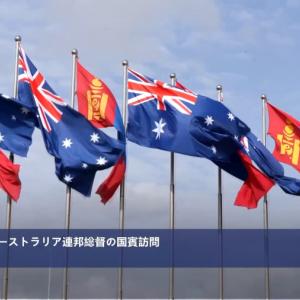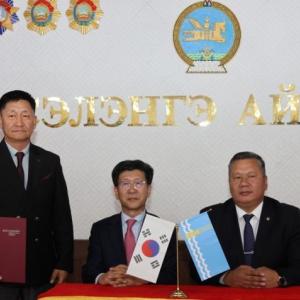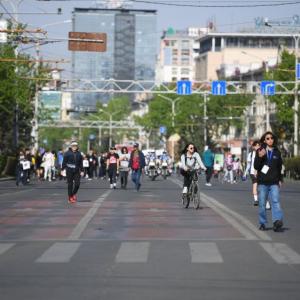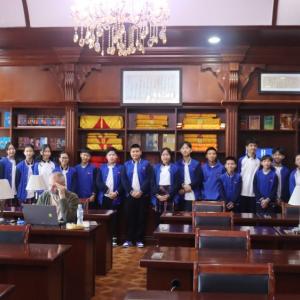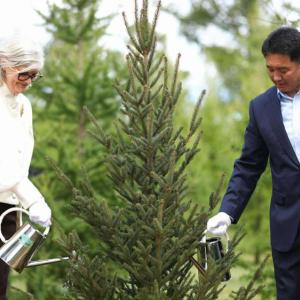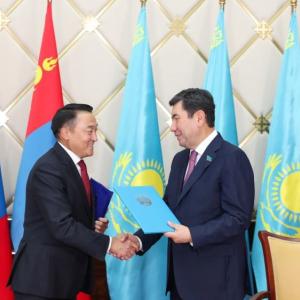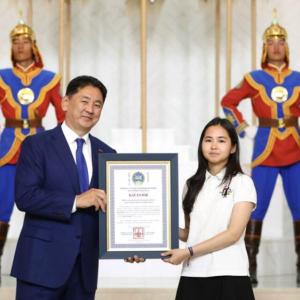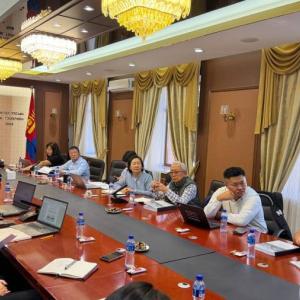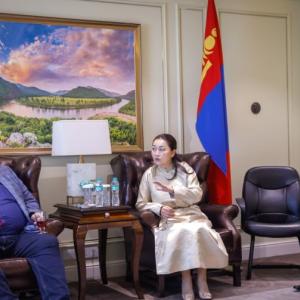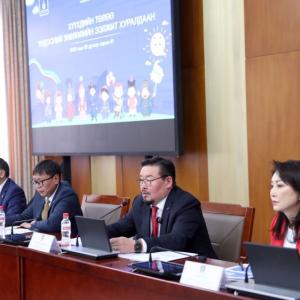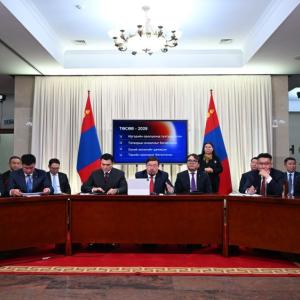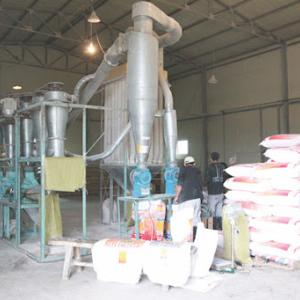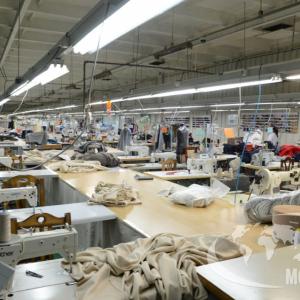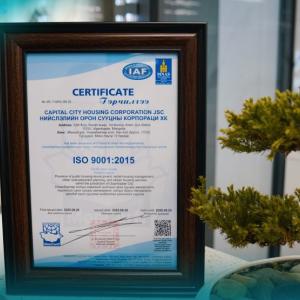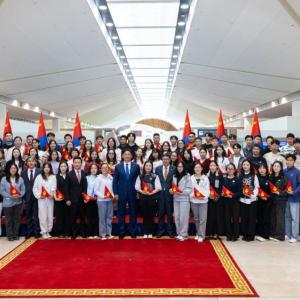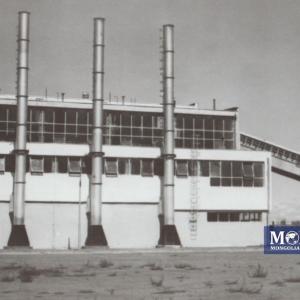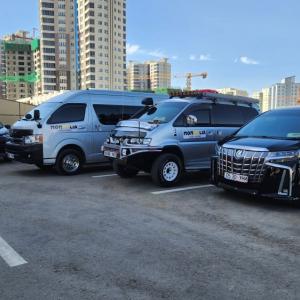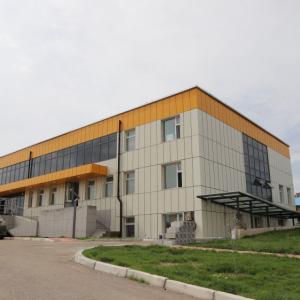Procedure for Customs Inspection of Goods and Vehicles Revised
Economy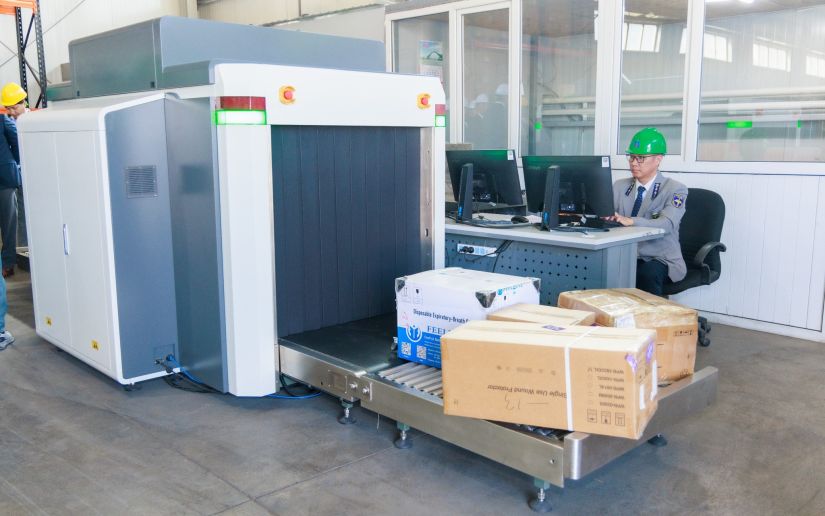
Ulaanbaatar, September 10, 2025 /MONTSAME/. Under the directive of Prime Minister of Mongolia Zandanshatar Gombojav, a working group titled "Increase Exports and Support Trade” was established, headed by First Deputy Prime Minister Uchral Nyam-Osor.
Following a decision by the working group, the Authority for Government Supervision
conducted a 14-day inspection of the General Customs Office starting on July
24. The inspection uncovered 141 issues and 136 risks in customs operations, concluding
that 82 percent were due to internal organizational factors and could be
resolved using the agency’s own resources.
Based on these findings, First Deputy Prime Minister Uchral instructed the
Customs Office to reduce procedural steps, revise general regulations, and
implement the necessary changes.
As a result, the “General Procedure
for Customs Inspection of Goods and Vehicles Crossing the Customs Border” has
been revised. A total of 362 proposals were collected and
consolidated from 18,000 citizens and businesses, 11 government and
non-government organizations, and customs branches. These were incorporated
into the revised procedure in compliance with relevant legislation.
The updated regulation now defines specific time limits for each step of
customs inspections. For example, vehicles entering the customs zone must be
inspected within one hour, and exit requests must also be processed within the
same timeframe. Traders can now electronically submit customs declarations up
to 72 hours in advance, saving time. A new digital system will also allow
individuals and businesses to track the status and location of their cargo during
customs inspections.
Previously, customs inspection of goods and vehicles entering the country by
road involved 85 separate steps, with 55 actions dependent on decisions made by
senior customs inspectors. These procedures have now been digitized. By
shifting oversight to electronic systems and eliminating unnecessary
requirements, the new procedure reduces bureaucratic bottlenecks and minimizes
discretionary decision-making by individual officers. Officials emphasized that
this reform not only eases the burden on citizens but also eliminates delays
caused by subjective decision-making by customs staff.
Previously, customs inspections for goods and vehicles entering the country
by road involved 85 separate steps, including 55 actions
dependent on decisions by senior customs inspectors. These
procedures have now been digitized. By shifting
oversight to electronic systems and eliminating unnecessary requirements, the
new procedure reduces bureaucratic bottlenecks and minimizes discretionary
decision-making by individual officers. Officials emphasized
that this reform not only eases the burden on citizens but also
eliminates delays caused by subjective decision-making by customs staff.
The main changes in the updated customs procedure include:
- Customs declarations must now be submitted
electronically via the www.gaali.mn
CAIS system.
- Inspectors are assigned automatically through the
CAIS system.
- All documentation must be submitted
electronically.
- The previous requirement to attach PDF-format
X-ray scans to import manifests has been removed; images are now uploaded
directly into the system.
- Physical submission of supporting documents and
those required under Article 35.5 of the Customs Law has been eliminated in
favor of electronic submission.
- Goods and vehicles entering the country by road
are now weighed upon entry to the customs zone, and the data is automatically
recorded in the CAIS system.
- Goods and vehicles are transferred between customs
units within three hours via a digital manifest.
- The option to manually change the risk-based inspection status of goods and vehicles has been removed; all inspection plans are now determined solely by the risk assessment program.

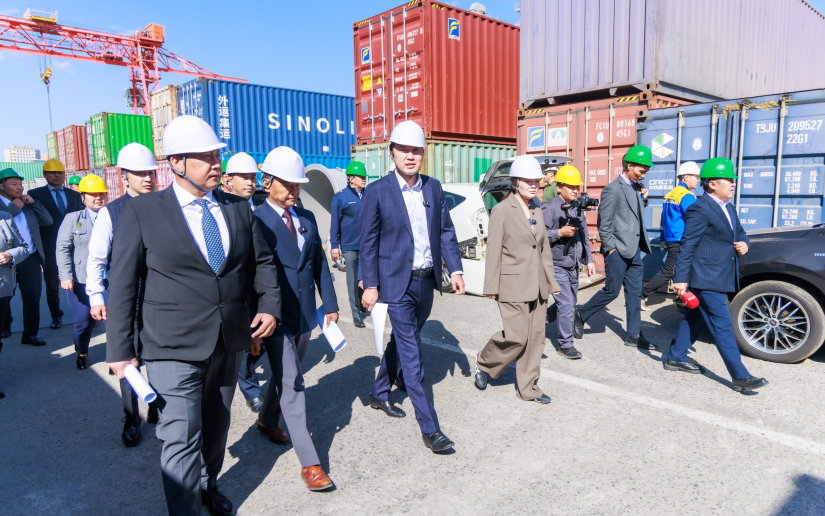
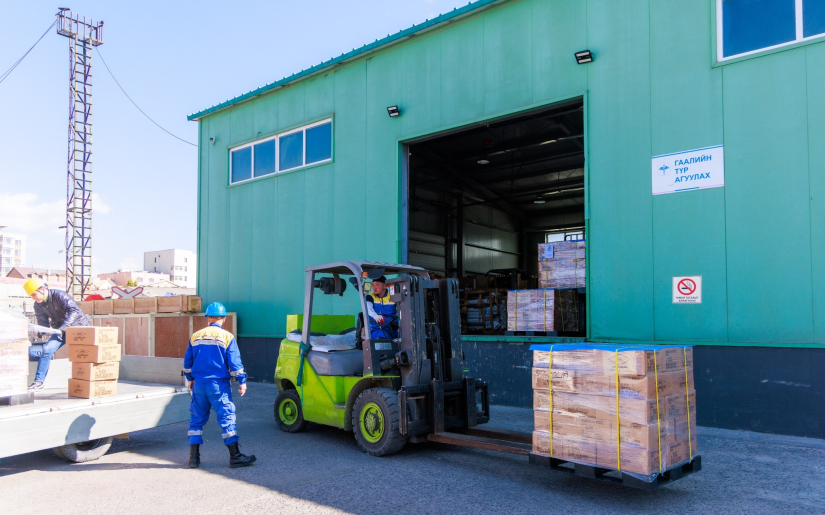


 Ulaanbaatar
Ulaanbaatar
